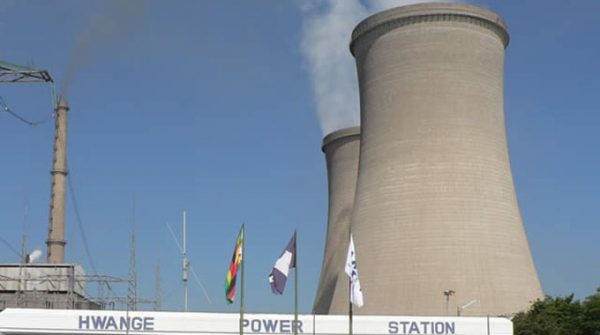Power Cuts Costs Zim 20 Percent Of Potential Gold Output

The gold sub-sector lost 20 percent of potential output due to intermittent power supply during the course of the year despite mining companies making an advance payment to the Zimbabwe Electricity Supply Authority (ZESA) in foreign currency.
This came out In the State of the Mining Sector Survey 2019 released today.
Earlier in the year, Miners went into a contractual agreement with ZESA to secure constant power supply but for the power, utility has failed to meet its side of the bargain aecting gold production.
“All gold producer respondents indicated that the power outages resulted in output losses with the majority (70%) having lost more than 20% of potential output while the remainder (30%) lost between 10% and 20% of potential output,” the report reads.
It further states that all gold producer respondents (100%) indicated that they were facing regular and prolonged power outages with about 80% of the respondents indicating that they were facing power outages exceeding 6 hrs/ day, while 20% said they were facing power disruptions of 0 to 6 hrs/per day.
“All gold producer respondents indicated that they signed contracts with ZESA for dedicated power. All gold producer respondents also revealed that they were paying a revised tariff of USc9.86/ KWh in advance in foreign currency,” said the report.
Zimbabwe is targeting 40 tons output of the precious stone following a remarkable 33.2 tons delivery in 2018 which surpassed the 30 tons target.
However, officials have already conceded the 2019 target won’t be reachable as a cocktail of challenges include power shortages continue to dampen productivity.
“We have several issues like power outages and complaints from miners, especially small scale miners, that we never dealt with diligently and I think that contributed to the drastic fall in gold production,”
Deputy Minister of Mines and Mining Development Polite Kambamura was quoted this week. Zimbabwe has undergone serious electricity shortages since the beginning of the year owing to the drought that affected hydropower generation at Kariba dam.
This has led to 16-hour long power cuts across the country affecting the entire economy. Major gold producers are feeling the pinch with Rio Zim and Caledonia in their half-year output for 2019 shedding 8 percent and 3.2 percent of production respectively on account of energy constraints.
Meanwhile, Zimbabwe has set an ambitious target to produce 100 tons of gold annually in 2023_263 Chat


